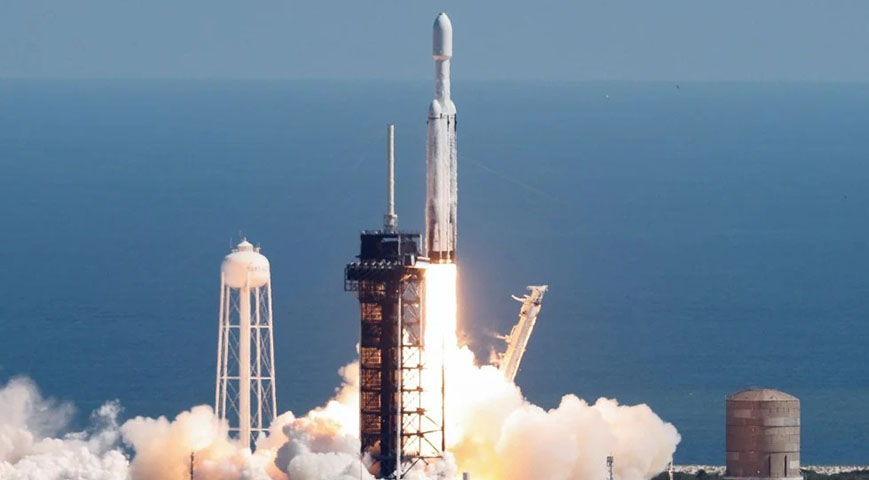NASA launched the Europa Clipper spacecraft from Florida’s Kennedy Space Center, sending it on a mission to determine if Jupiter’s moon Europa has the conditions necessary to support life.
The probe, powered by solar energy, was carried into space aboard a SpaceX Falcon Heavy rocket. It will travel 1.8 billion miles (2.9 billion km) over the next 5.5 years and is planned to orbit Jupiter by 2030.

Europa Clipper is the largest spacecraft ever built for planetary exploration. It measures about 100 feet (30.5 meters) long and 58 feet (17.6 meters) wide and has fully deployed antennas and solar arrays.
Did you read this?
Weighing around 13,000 pounds (6,000 kg), it will explore Europa’s thick icy shell, believed to conceal a massive subsurface ocean. Europa’s ocean may contain twice as much water as Earth's oceans and could have conditions that support life.
The mission will analyze Europa's internal ocean, ice layers, and any plumes of water vapor potentially erupting from its surface. Starting in 2031, Europa Clipper will complete 49 close flybys over three years, coming within 16 miles (25 km) of the moon's surface.
Europa, slightly smaller than Earth's moon, is one of our solar system's most promising locations for life. While the mission won't directly search for life, the data gathered could significantly advance the study of astrobiology.
Jupiter’s powerful magnetic field and radiation pose significant challenges for the spacecraft, but NASA equipped the Europa Clipper with a titanium and aluminum vault to shield its electronics.
Its solar arrays will power the nine scientific instruments onboard as it navigates using Mars and Earth's gravity to boost momentum on its journey to Jupiter.










